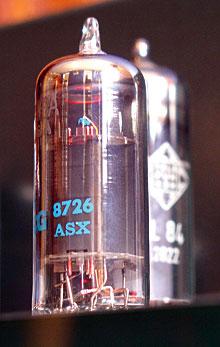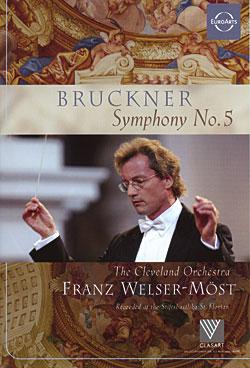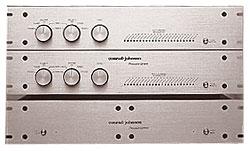| Columns Retired Columns & Blogs |
LATEST ADDITIONS
|
Jul 29, 2007 |
31 comments
Glassy highs, "muddy bass" . . . Are there any hi-fi qualifying words that you find especially appropriate? Inappropriate? Why?
Are there any hi-fi qualifying words that you find especially appropriate? Inappropriate? Why?
Here's one
88% (36 votes)
Can't think of one
12% (5 votes)
Total votes: 41








